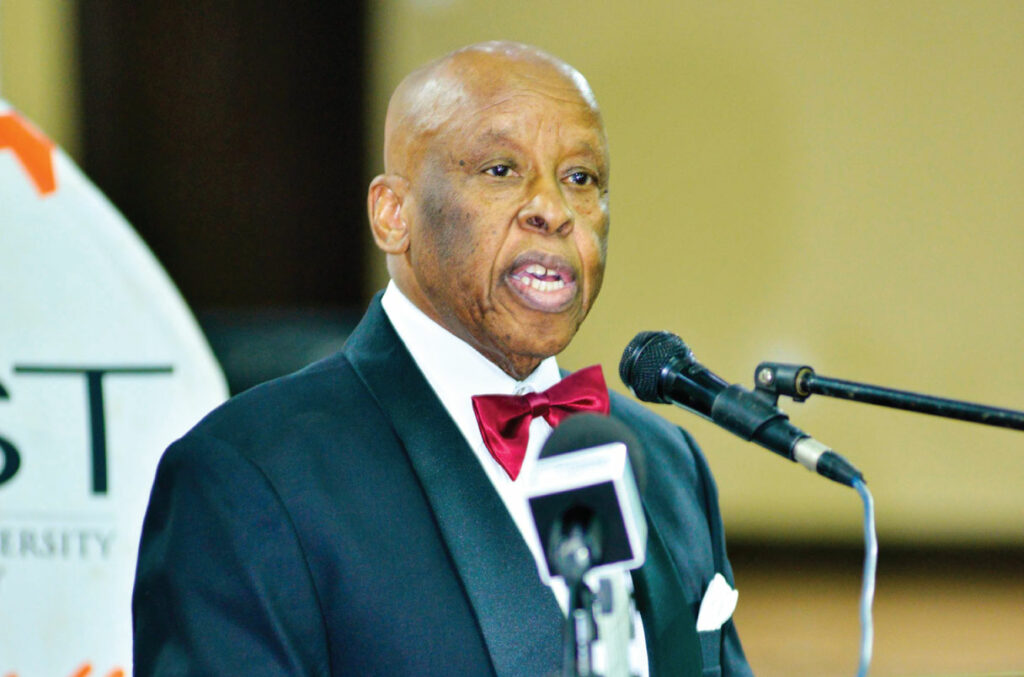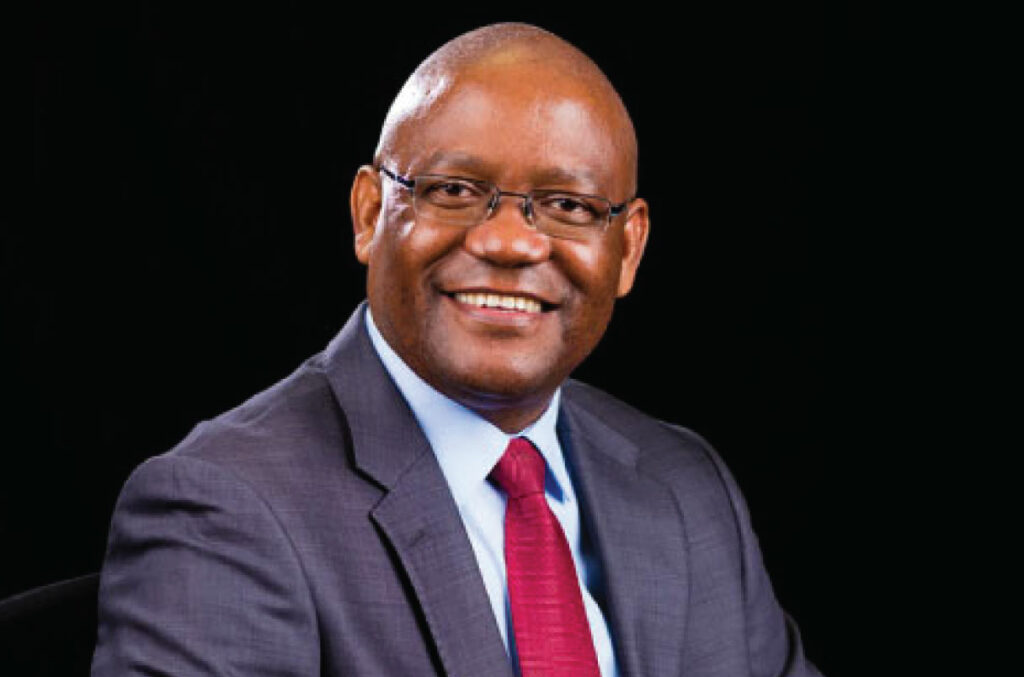Effective governance plays a major role in guiding universities to achieve their mission and objectives. This can be achieved when the various levels of the governance structures are given autonomy in decision making related to their areas of operation. Key structures to be nominated are the Chancellor, University Council, The Vice Chancellor, and Senate and various structures. These are the Governance structures governing BIUST:
Eminent public figure elected for life who is the head of the University and presides over major University ceremonies.
The Council is the Executive body of the University with a primary governance responsibility for policy making, administration, planning of its work and the prudential management of the University resources. It is charged with implementing high quality governance structures and to build capacity to ensure a sound governance system, focusing on strategy implementation, performance, value creation, internal controls, cost recovery, quality assurance and risk management. This objective is ensured through the University Council established in terms of Section 9 of the BIUST Act.
The Senate is the highest academic body responsible to Council. It is established by the BIUST Act and is responsible for general control and direction of teaching, research and innovations, examinations, conferment of degrees and the granting of other University awards.
The Act sets out the objectives of Senate, which has a delegated responsibility for the academic work of the University. In accordance with the statutes, the Senate chaired by the Vice Chancellor, is mandated to provide Council with a coherent overview of the academic governance of the University. Furthermore, it drives performance, ensures accountability and provides guidance to the Council and Executive Management where interventions are required. During the year under review, the Senate approved the following: Graduation Statistics, Accreditation, Academic Policy Guidelines and the Suspension of Teaching and Learning.
The Executive Management comprises the Vice Chancellor and three Deputy Vice Chancellors at the apex of the University Management structure. It provides the final link between management and the University governance structures. The Executive Management has overall responsibility for the strategic management and operations of the University.
The Senior Management is led by the Vice Chancellor and includes in its membership, the three Deputy Vice Chancellors, Deans, Faculty Representatives and Directors. The key responsibility of the Senior Management is to ensure a close interface between the Executive Management and the Senior Academic and Directors who are responsible for the implementation of the University policies and programmes at an operational level.
The Student Representative Council (SRC) forms part of the University governance structures and represents student interests in the Council and Senate. The SRC promotes vibrant student life including the social and welfare needs through the running of societies, clubs, entertainment and sports.








